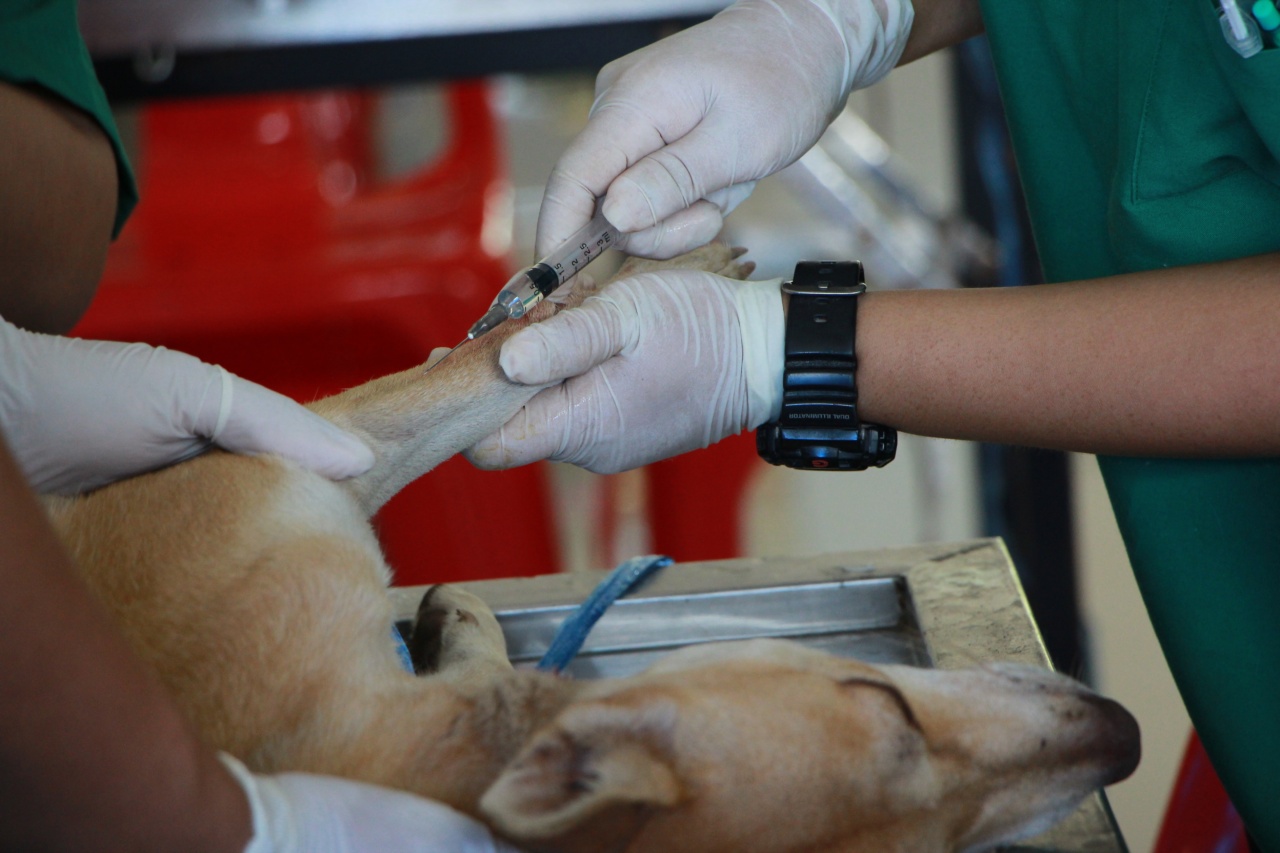Many dogs enjoy swimming in the ocean or playing along the sandy shores. While saltwater can be a fun and refreshing experience for our canine companions, there are several hazards they may encounter.
It is important for dog owners to be aware of these dangers and take necessary precautions to keep their pets safe. In this article, we will discuss some common hazards in saltwater for dogs and provide tips on how to protect them.
Saltwater toxicity
One of the primary concerns when allowing your dog to swim in saltwater is saltwater toxicity. Drinking excessive amounts of saltwater can be harmful to dogs as it disrupts the balance of electrolytes in their body.
This can lead to dehydration and other serious health issues. Symptoms of saltwater toxicity in dogs include vomiting, diarrhea, excessive thirst, lethargy, and seizures. If you suspect your dog has ingested large amounts of saltwater, it is crucial to seek immediate veterinary attention.
Drowning
Just like humans, dogs are susceptible to drowning in water if they don’t know how to swim or get exhausted while swimming. It is essential to never leave your dog unattended near open bodies of saltwater.
Even strong swimmers can find themselves in distress or face unforeseen circumstances. If your dog is new to swimming, consider getting them a life jacket to ensure their safety. Furthermore, familiarize yourself with local tides and currents to avoid any potential risks.
Jellyfish and sea anemones
Jellyfish and sea anemones are prevalent in saltwater and can pose a threat to your dog. These marine creatures have tentacles that contain venomous cells, which can deliver painful stings.
If your dog comes into contact with a jellyfish or sea anemone, they may experience localized swelling, redness, itching, and even an allergic reaction. Rinse the affected area with vinegar or seawater to deactivate the venom and promptly seek veterinary care to alleviate any discomfort.
Sharp objects
Saltwater environments can be littered with sharp objects such as shells, broken glass, or fishing hooks. These hazards can cause injuries to your dog’s paws or other sensitive areas.
Always inspect the area before allowing your dog to run or play near the water. Additionally, make sure to keep your dog up to date on their tetanus vaccination, as these sharp objects can increase the risk of infection.
Bacteria and algae
Some bacteria and algae, such as blue-green algae, can be harmful if ingested by dogs. They can produce toxins that cause symptoms ranging from stomach upset to liver damage.
Avoid allowing your dog to drink from or swim in stagnant or visibly contaminated water. If you suspect your dog may have been exposed to harmful bacteria or algae, monitor them closely for symptoms and consult your veterinarian.
Saltwater parasites
Parasites like fleas, ticks, and sea lice can thrive in saltwater environments. These parasites can latch onto your dog’s fur or skin and cause irritation, itching, or transmit diseases.
It is crucial to use appropriate preventative measures such as flea and tick treatments and regularly inspect your dog for any signs of infestation. If you notice any parasites on your dog, consult with your veterinarian to determine the best course of treatment.
Heat exhaustion
Spending time in the saltwater under the hot sun can increase the risk of your dog developing heat exhaustion or heatstroke. Dogs regulate their body temperature primarily through panting, and excessive heat can overwhelm their cooling mechanisms.
Signs of heat exhaustion include excessive panting, drooling, collapse, and seizures. Ensure your dog has access to shade, fresh water, and take breaks during prolonged periods of play or exercise to prevent overheating.
Marine wildlife
Encounters with marine wildlife can be exciting but potentially dangerous for your dog. Depending on your location, there may be seals, dolphins, or even sharks in the saltwater.
It is crucial to keep a safe distance from these animals to avoid any unwanted interactions that may put your dog at risk. Teach your dog to respond to recall commands and be vigilant while allowing them to roam near the shoreline.
Water quality
The quality of the saltwater can vary depending on the location and environmental factors. Some areas may experience pollution or contamination from industrial waste or harmful chemicals.
It is essential to research and choose swimming locations that have clean and safe water for your dog. Avoid areas where there are visible signs of pollution or harmful algal blooms.
Ear infections
Saltwater can enter your dog’s ears while swimming, which can lead to ear infections. Moisture in the ear canal creates a favorable environment for bacteria or yeast growth, causing irritation and discomfort.
After each swim, make sure to dry your dog’s ears thoroughly using a clean towel or gentle ear cleaner specifically formulated for dogs. If your dog shows signs of an ear infection, such as excessive scratching or head shaking, consult your veterinarian for proper diagnosis and treatment.
Conclusion
While saltwater can provide a fun and enjoyable experience for our furry friends, it is crucial to be aware of the potential hazards they may encounter.
Saltwater toxicity, drowning, jellyfish stings, sharp objects, bacteria, parasites, heat exhaustion, encounters with marine wildlife, water quality, and ear infections are all concerns that should be taken seriously. By taking necessary precautions, such as providing adequate supervision, using life jackets, and being mindful of water conditions, you can ensure that your dog stays safe while enjoying their time in the saltwater.






























